This article was medically reviewed by Luba Lee, FNP-BC, MS. Luba Lee, FNP-BC is a Board-Certified Family Nurse Practitioner (FNP) and educator in Tennessee with over a decade of clinical experience. Luba has certifications in Pediatric Advanced Life Support (PALS), Emergency Medicine, Advanced Cardiac Life Support (ACLS), Team Building, and Critical Care Nursing. She received her Master of Science in Nursing (MSN) from the University of Tennessee in 2006.
There are 9 references cited in this article, which can be found at the bottom of the page.
This article has been viewed 324,117 times.
Facial cysts are usually clogs of sebum or keratin in your skin and hair follicles. They usually feel like a small pea caught below the surface of the skin, and they may be ringed by a small red, white area. Although a cyst may look similar to a pimple, it is deeper in the skin and should not be “popped” like a white head. Fortunately, there are other strategies that can help to speed the healing of your cyst, as well as medical strategies that can remove it altogether.
Steps
Trying Home Remedies
-
1Try using a warm compress. Wet a washcloth with warm water. Don’t use hot water, or it can inflame the skin. Press the washcloth lightly against the cyst and surrounding area. Leave it on until the washcloth becomes cool to the touch. You can repeat twice if the washcloth cooled down too quickly, and you can do this procedure a few times each day.[1]
- The warm compress can help to disperse the protein or oil in the cyst and speed healing; however, it does not work in all cases.
- Using a warm compress on your cyst can cut its lifespan in half.
-
2Do not try to pop or squeeze your cyst by yourself. Trying to pop or squeeze your cyst will likely only make it worse. This is because cysts can penetrate quite deep into the skin, and if you try to do this procedure on your own (without the help of an experienced physician) you are unlikely to do it effectively. Instead, you may worsen inflammation and cause the cyst to come back even worse than it was initially due to incomplete drainage and inadequate healing. Your cyst may also become infected. Therefore, always see a physician for this procedure rather than trying it on your own.[2]Advertisement
-
3Recognize signs of complications. If your cyst has become infected or inflamed, you will want to see a doctor for guidance regarding treatment. Pay attention and look out for any of the following signs and symptoms:[3]
- Soreness or tenderness around the cyst
- Redness around the cyst
- Warmth on the skin surrounding the cyst
- Grayish-white fluid leaking from the cyst that is often foul-smelling
- Any of these are an indication that your cyst may be infected or inflamed.
- Any cyst in your eye should be examined immediately by a medical professional.
-
4Move on to medical methods if the cyst doesn’t go away on its own in a month. If you experience complications of your cyst, or if it fails to resolve on its own (and especially if is bothering you in terms of pain or cosmetic appearance), do not hesitate to see your doctor. There are many medical options available for the treatment of facial cysts.[4]
Trying Medical Treatments
-
1Make an appointment with a dermatologist. If your health care coverage requires a referral to see a specialist, you will want to arrange for an appointment with your primary care physician first. Give your doctor an accurate description of your medical history, and explain to him or her the detailed history of your facial cyst.[5]
-
2Inquire about incision and drainage. Because cysts are generally fluid-filled, if your doctor punctures the surface of the cyst, much of the material inside can be drained (i.e. removed), thereby greatly speeding up the healing process. The one downside to this method, however, is that it does not prevent recurrence of the cyst down the road. To the contrary, although this method is extremely effective in the short-term, it frequently leads to recurrence of the cyst later on. However, it is worth a shot and may very well be the cure you are looking for![6]
- The doctor will pierce the cyst with a sharp object and ensure that all the keratin, sebum or other substances are ejected from the cyst so that it can heal.
- Incision and drainage will require careful cleaning and dressing to avoid infection. Follow your doctor's instructions after the procedure to maintain good hygiene in the area.
- Never pop open a cyst at home or on your own, as doing it improperly could result in infection and scarring.
-
3Move on to surgical options if your cyst recurs.[7] If you find that you have a persistent cyst, and if you have been unsuccessful at treating it via the other methods, it may be time to consider surgery. Generally, in order to proceed with surgery, your doctor will want little to no inflammation around your cyst. As a result, if your cyst is inflamed, you may need to undergo a corticosteroid injection first to diminish the inflammation prior to surgery.[8]
- You can opt for more mild surgery where just the front wall of the cyst is removed and the rest is left to heal on its own.
- Alternatively, the entire cyst can be removed surgically. This gives the greatest chance of preventing recurrence or any further problems down the road. This procedure will involve sutures for about a week afterwards, at which point you will return to your doctor to have them removed.
- If you are opting for a complete cyst excision, ask your doctor if it is possible to have an incision through the mouth in order to avoid a scar. This is a new surgical technique that is becoming more common, as it is cosmetically preferable.[9]
-
4Follow post-op instructions carefully. After surgery, carefully follow all the surgeon's directions for optimal healing. Because the cyst was removed from your face, attention to proper healing is key in order to avoid cosmetic concerns down the road. Potential complications of surgery can include scarring, infection, and/or damage to facial muscles.
-
5Ask your doctor about oral antibiotics. These can be an option for people with frequent facial cysts. If you get facial cysts often, your medical provider may prescribe a course of oral antibiotics to prevent more cysts from appearing.[10]
Expert Q&A
Did you know you can get expert answers for this article?
Unlock expert answers by supporting wikiHow
-
QuestionDo cysts bleed after surgery?
 Luba Lee, FNP-BC, MSLuba Lee, FNP-BC is a Board-Certified Family Nurse Practitioner (FNP) and educator in Tennessee with over a decade of clinical experience. Luba has certifications in Pediatric Advanced Life Support (PALS), Emergency Medicine, Advanced Cardiac Life Support (ACLS), Team Building, and Critical Care Nursing. She received her Master of Science in Nursing (MSN) from the University of Tennessee in 2006.
Luba Lee, FNP-BC, MSLuba Lee, FNP-BC is a Board-Certified Family Nurse Practitioner (FNP) and educator in Tennessee with over a decade of clinical experience. Luba has certifications in Pediatric Advanced Life Support (PALS), Emergency Medicine, Advanced Cardiac Life Support (ACLS), Team Building, and Critical Care Nursing. She received her Master of Science in Nursing (MSN) from the University of Tennessee in 2006.
Board-Certified Family Nurse Practitioner It depends on the size of your cyst. If your cyst is small and requires only 2-3mm of incision, bleeding will be minimal. With a larger cyst, however, there might be more bleeding. After the procedure, your medical provider will apply an antibiotic ointment and tape the site where the cyst was removed. You will be encouraged to hold direct pressure (using gauze) on the site for one to two hours following the procedure to reduce your chances of bleeding.
It depends on the size of your cyst. If your cyst is small and requires only 2-3mm of incision, bleeding will be minimal. With a larger cyst, however, there might be more bleeding. After the procedure, your medical provider will apply an antibiotic ointment and tape the site where the cyst was removed. You will be encouraged to hold direct pressure (using gauze) on the site for one to two hours following the procedure to reduce your chances of bleeding.
References
- ↑ https://medlineplus.gov/ency/article/000842.htm
- ↑ https://www.nhs.uk/conditions/skin-cyst/
- ↑ https://www.uofmhealth.org/health-library/tw6860
- ↑ https://my.clevelandclinic.org/health/diseases/14165-sebaceous-cysts#management-and-treatment
- ↑ https://my.clevelandclinic.org/health/diseases/14165-sebaceous-cysts
- ↑ https://www.betterhealth.vic.gov.au/health/conditionsandtreatments/cysts
- ↑ http://www.ncbi.nlm.nih.gov/pubmed/2349906
- ↑ https://www.hopkinsmedicine.org/health/conditions-and-diseases/sebaceous-cysts
- ↑ http://www.ncbi.nlm.nih.gov/pmc/articles/PMC3822476/
About This Article
To remove a cyst from your face at home, try wetting a washcloth with warm water and applying it to the cyst until the washcloth cools. Use the warm compress 3 or 4 times a day for several days or until the cyst clears up. Also, do not try to squeeze the cyst, since doing so could cause inflammation and make the cyst worse. If you notice symptoms such as soreness, redness, warmth, or discharge from the cyst, or if the cyst doesn’t clear up after 30 days, see your doctor for an evaluation and treatment. Keep reading for more advice from our Medical co-author, including how to get medical treatment for a cyst on your face.
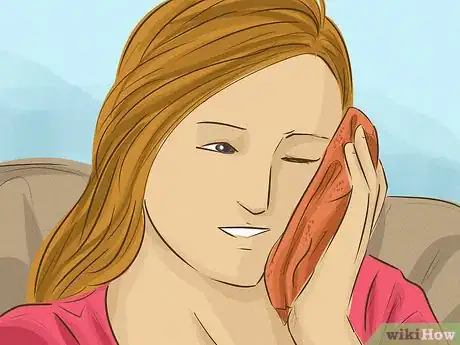


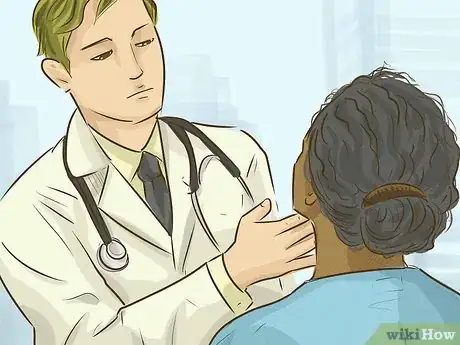

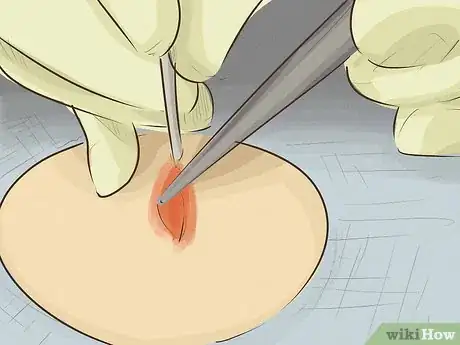
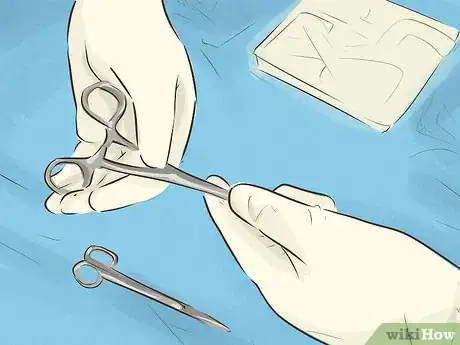
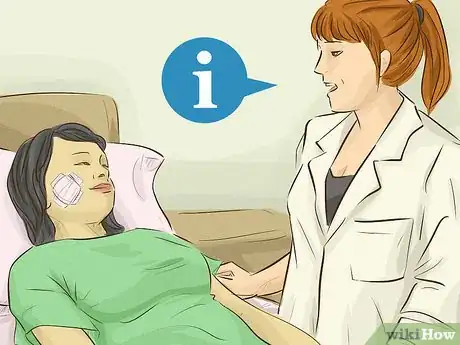
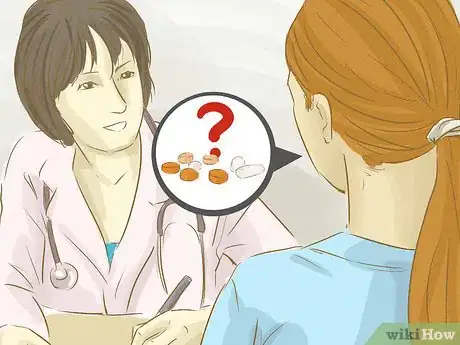

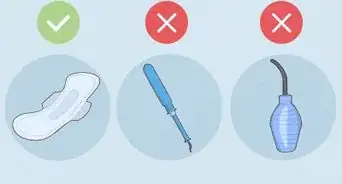
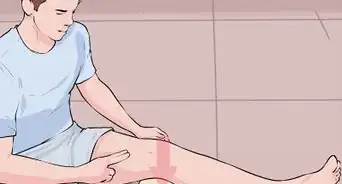

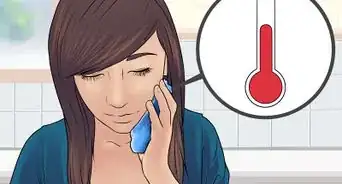


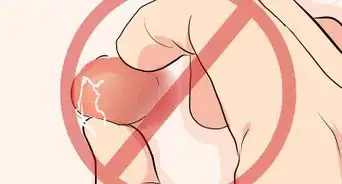



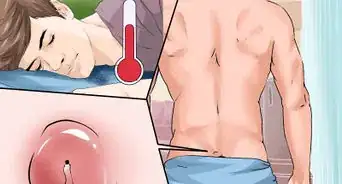
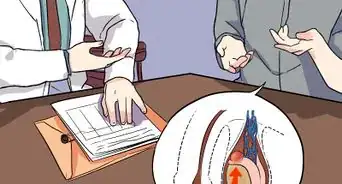










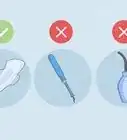

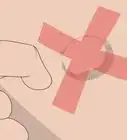



































Medical Disclaimer
The content of this article is not intended to be a substitute for professional medical advice, examination, diagnosis, or treatment. You should always contact your doctor or other qualified healthcare professional before starting, changing, or stopping any kind of health treatment.
Read More...